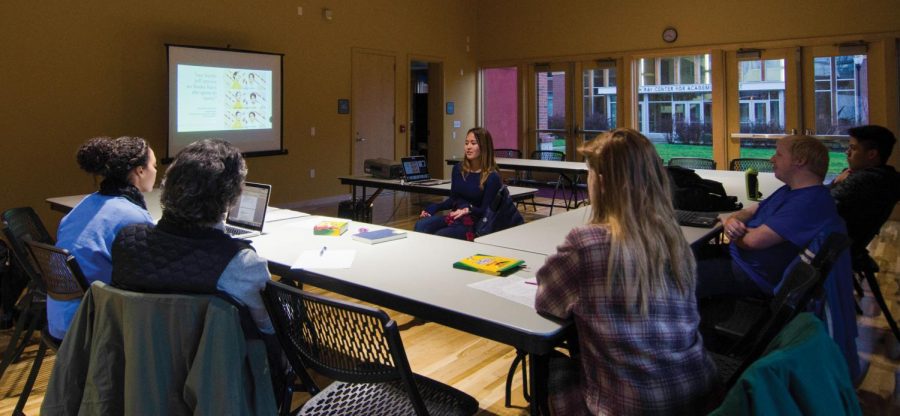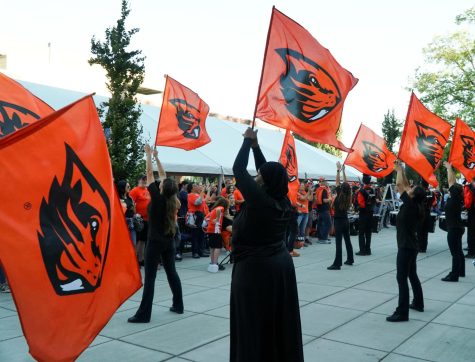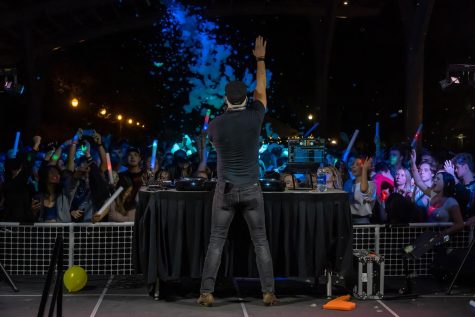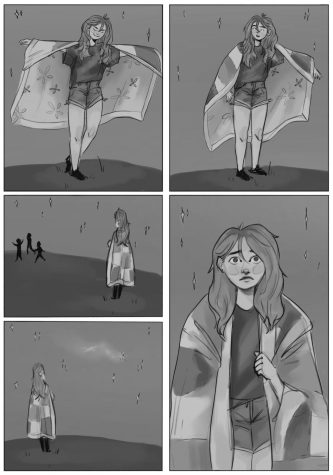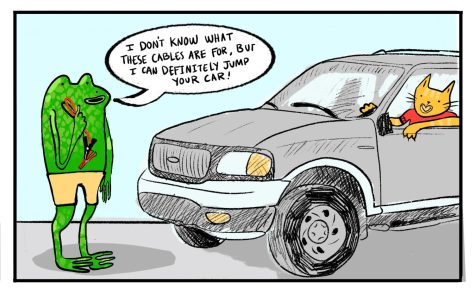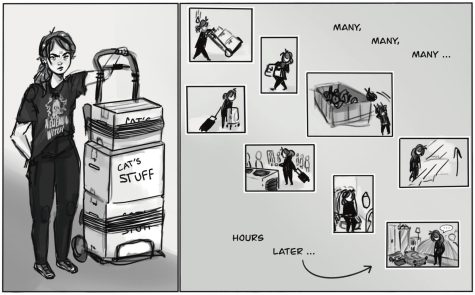Activism takes many forms
January 21, 2016
Quiet activism offers a way for people to articulate and express themselves without having the presence of large crowds.
This was the topic of the talk given on Jan. 19 by Kayla Kosaki, a graduate student in the College of Student Services.
“Quiet does not equal silent, unheard or unimportant,” Kosaki said. Quiet activism can include: showing up, supporting others, teaching, self-care and doing what is manageable for you.
During Kosaki’s undergraduate years at OSU she faced social injustices. This motivated her current research on Pacific Islanders and their identity as students. Her presentation, “He(art) of Justice: ‘Quiet Activism’ Through the Arts” on Jan. 19, looked at social justice for historically oppressed identities.
“Activism is not something that is going to change social issues overnight. It’s not a sprint, it’s a life long marathon that we’re signed up for and it’s a marathon to keep ourselves motivated and awake,” Kosaki said.
The practice of art can be used in response or as an influence to initiate change in these settings. The term “artivism” is a combination of the words “artist” and “activist.” It describes the roles that artists can take on through activism by using it as a means of storytelling.
During her presentation, Kosaki reflected on students from Hawaii. She spoke about Asian Americans who travel to Oregon to pursue their education and upon arriving are automatically labeled as “Hawaiian.”
“People fail to recognize that Hawaiian is both a nationality, ethnicity and race within itself. Having to educate folks on my own identity and not really being heard has always been kind of a problem for me. I think it’s a lack of knowledge around the subject because it is not taught in schools,” said Kosaki.
Deborah Correa, a staff member at the OSU Foundation and a fan of the arts is interested in the concept of art and social justice. She sees this combination providing communities with powerful interpersonal tools.
“I use the arts to help me understand other people and cultures. I really look for stories that aren’t about me,” Correa said.
The intense emotions that go hand in hand towards these topics can sometimes causes barriers between different groups.
“I think any time we have an issue that needs to be addressed, we need a broad range of approaches because people respond in different ways,” Correa said.
Rylan Wall, a graduate student in the Master’s program of the College of Student Services Administration also experienced social injustices as an undergraduate while in the classroom. Wall is active within the queer activist spaces and the Pride Center on campus. He feels that the faculty can be oblivious to student life—specifically towards students that identify as trans or genderqueer.
“Professors don’t know how to handle it, either through ignorance or refusal to handle it,” Wall said.
Examples of these interactions include the constant misgendering of people or heteronormative talk—which asserts only the roles of a man and a woman to be of normal sexuality.
Wall refers to quiet activism as “timely” in higher education because students may not think of themselves as activists. In his previous research on queer international students, he refers to them as facing different—sometimes higher stakes—if they participate in activism. Repercussions include the loss of visa status or the fear of being sent back to their country of origin.
Wall sees quiet activism as having a place in all movements. For international students, it can allow them to be involved without taking much risk.
“The first step is just getting the idea and concept of quiet activism out,” Kosaki said.












































































































